From ancient shrines to frozen waterfalls: 11 top spots to visit in Nikko, Japan
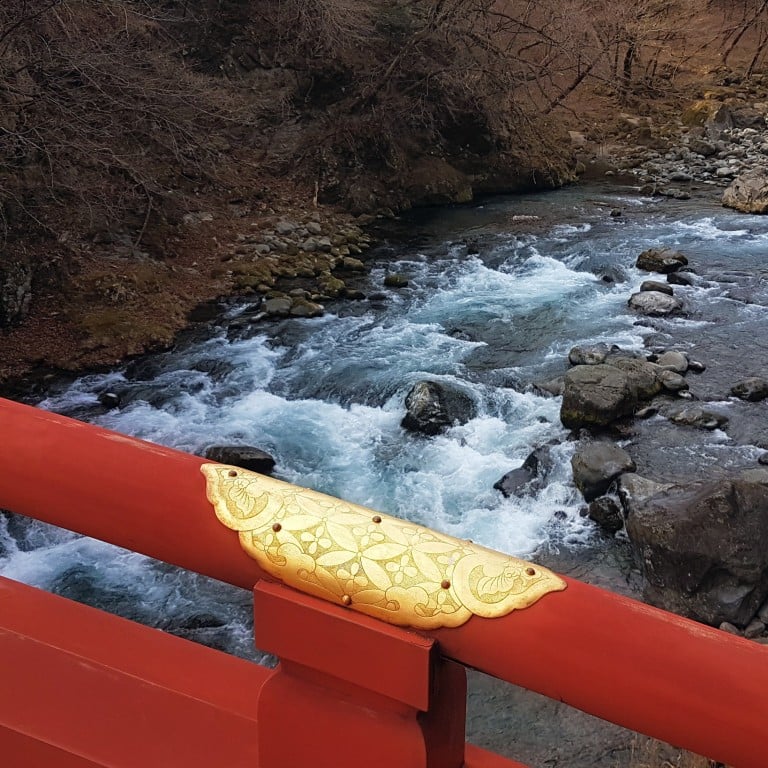
Nikko in Japan’s Tochigi prefecture is perhaps best known as the home of the AD766 Unesco-listed Rinno-ji temple and Futarasan shrine.
Destined for cultural resplendence, the site was chosen as the final resting place for Japan’s last definitive warlord, Tokugawa leyasu, in 1617.
As the troubled last pages of the country’s final shogunate unfurled, Nikko received a new lease of life as the preferred summer retreat of royalty and foreign dignitaries.
Sumptuous villas and hotels still stand today receiving guests much as they did in the past decades. These establishments now offer rare glimpses into the unique dynamism of the old and new influences that shaped modern Japan.
Besides offering brilliant and fascinating cultural and historical facets, Nikko is also the gateway to some of Japan’s most alluring natural hideaways: Okunikko (Inner Nikko) and Kinugawa Onsen.
The natural attractions of Okunikko are chiefly found around Lake Chuzenji. Discovered more than 1,200 years ago, this highland region is renowned for its natural splendours, which include gorgeous foliage in autumn and frozen waterfalls in winter.
Kinugawa Onsen is famous for its clear and mild thermal waters and scenic setting.

It takes just under two hours to reach Nikko from the Tokyo Skytree station via the Tobu Skytree line.
A trip here is akin to travelling through time into one of Japan’s best-known cultural hotspots. Check out some of the best attractions of Nikko – from luxury hotels to ancient history – that are unique to this remarkable city and its stunning surrounds.
1. Nikko Kanaya Hotel
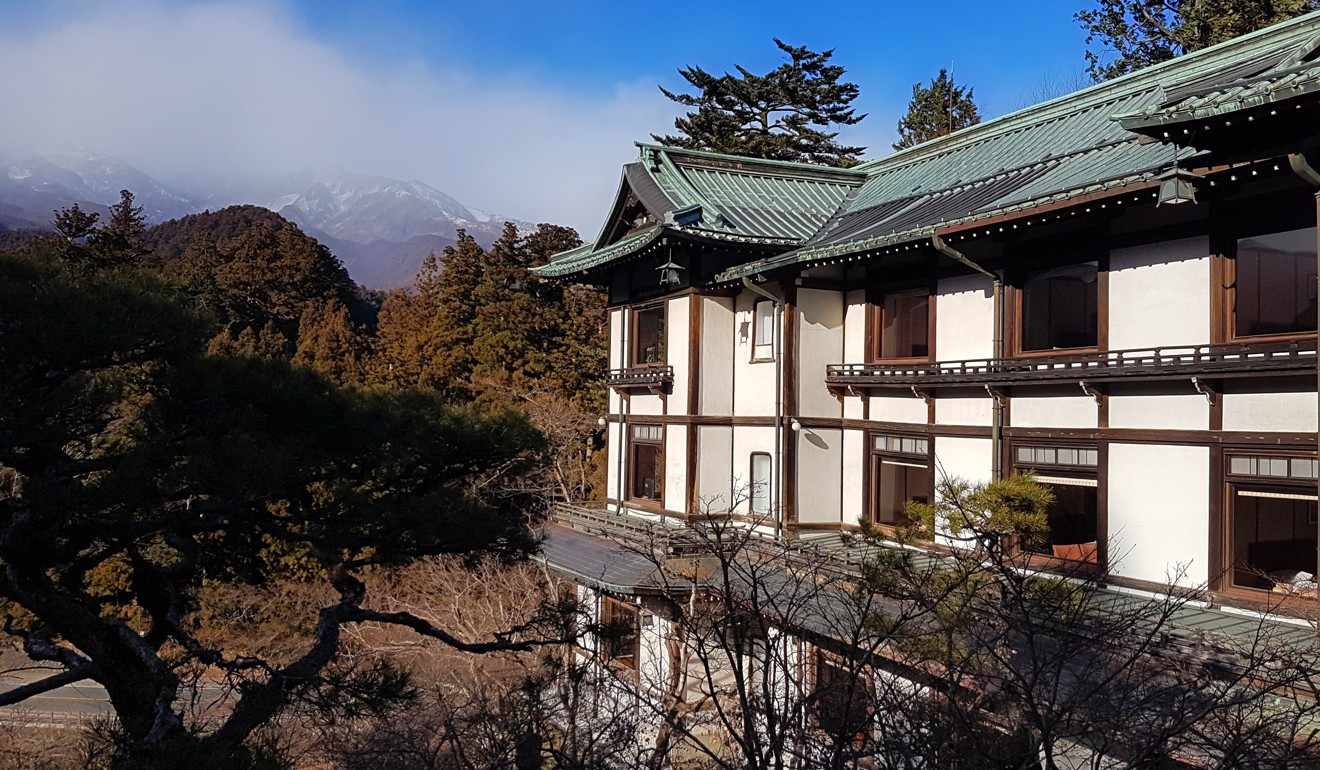
Japan’s oldest resort hotel was founded by Zenichiro Kanaya in 1893 and has since received a host of notable people such as architect Frank Lloyd Wright, scientist Albert Einstein and poet Paul Claudel.
Operating much like it was, the historic property has aged well and remains grandly intact, providing employment to families that have worked on the property for generations.
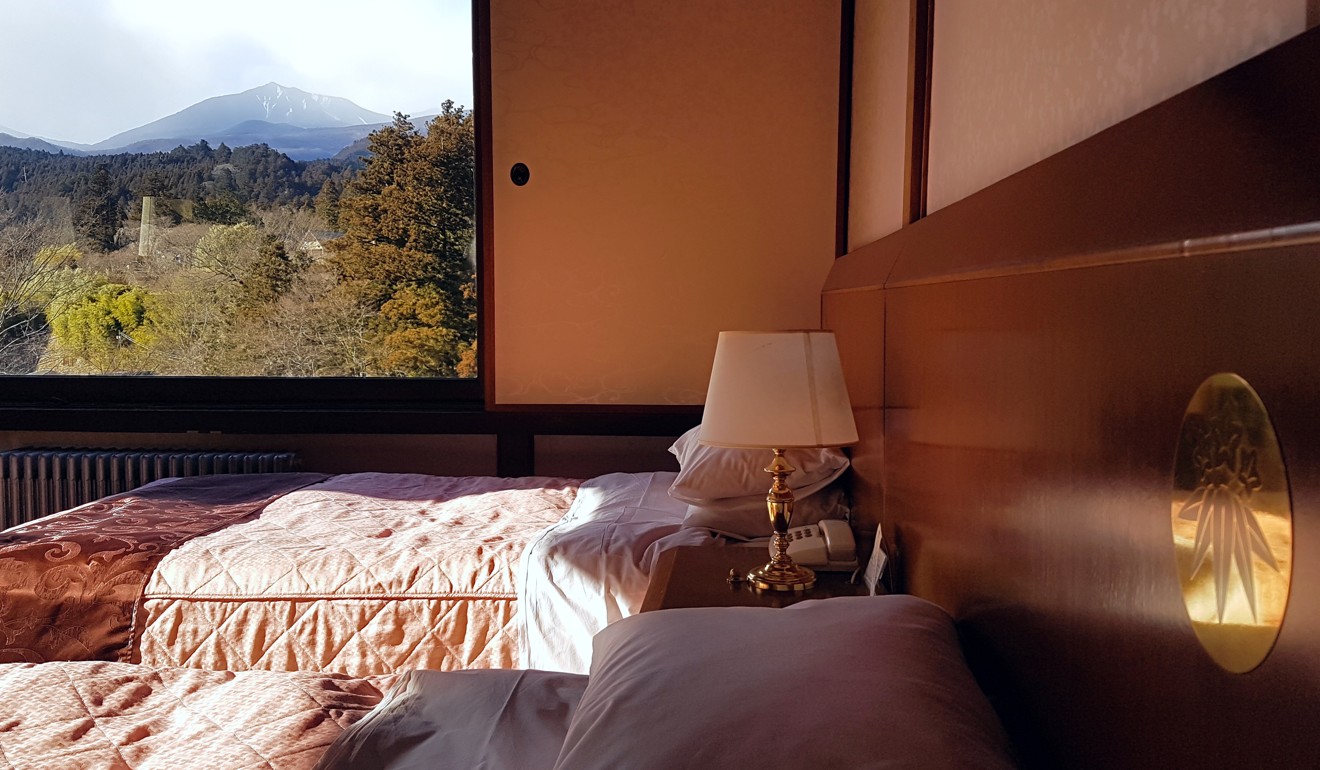
The large, albeit somewhat staid rooms, mostly come with spectacular views of the mountain.
2. Chuzenji Kanaya Hotel
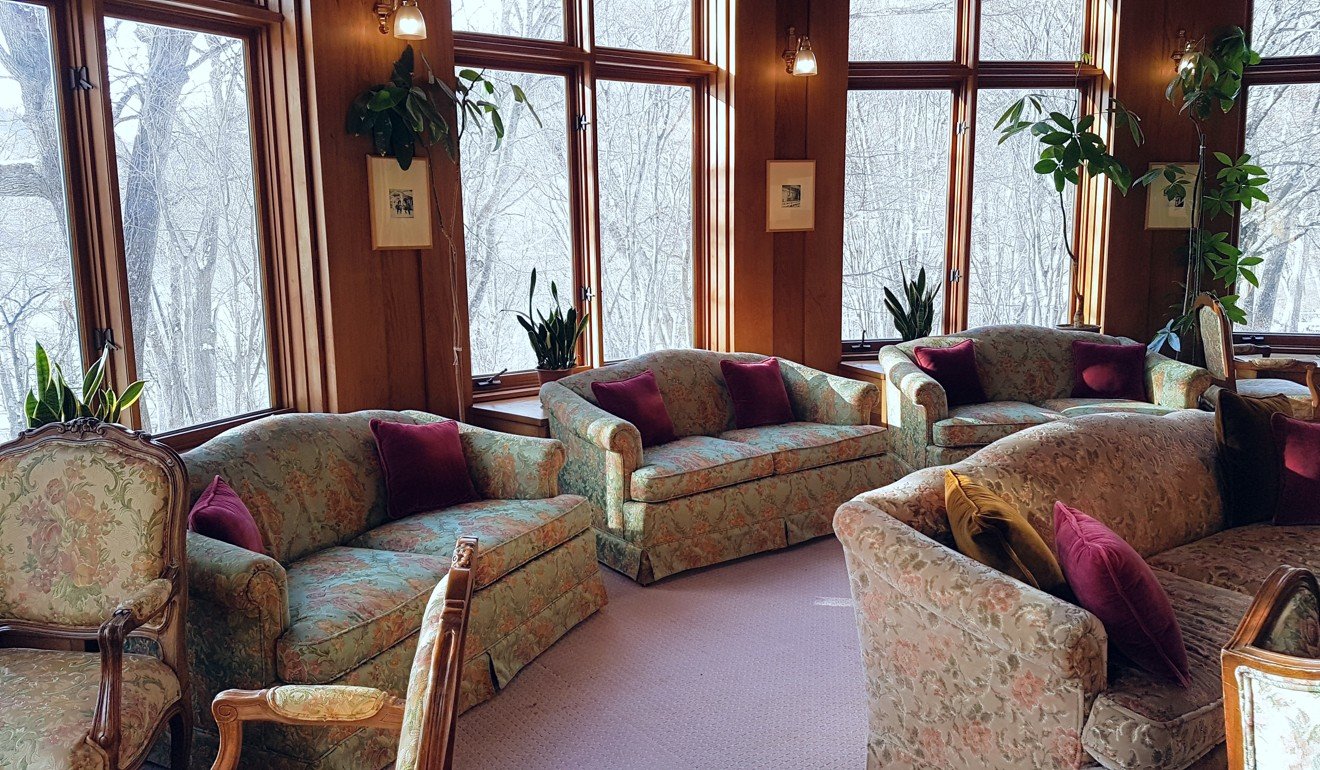
Nikko Kanaya’s sister property was built in 1940 by the bank of Lake Chuzenji – it is cool in summer but frosty in winter. It channels the exacting aesthetics of the early 90s, which was the last time the hotel underwent a full renovation. The rooms all face the lake and the considerable foliage that surrounds it. An outdoor onsen offers a warm respite from the cold.
3. Kinugawa Kanaya Hotel
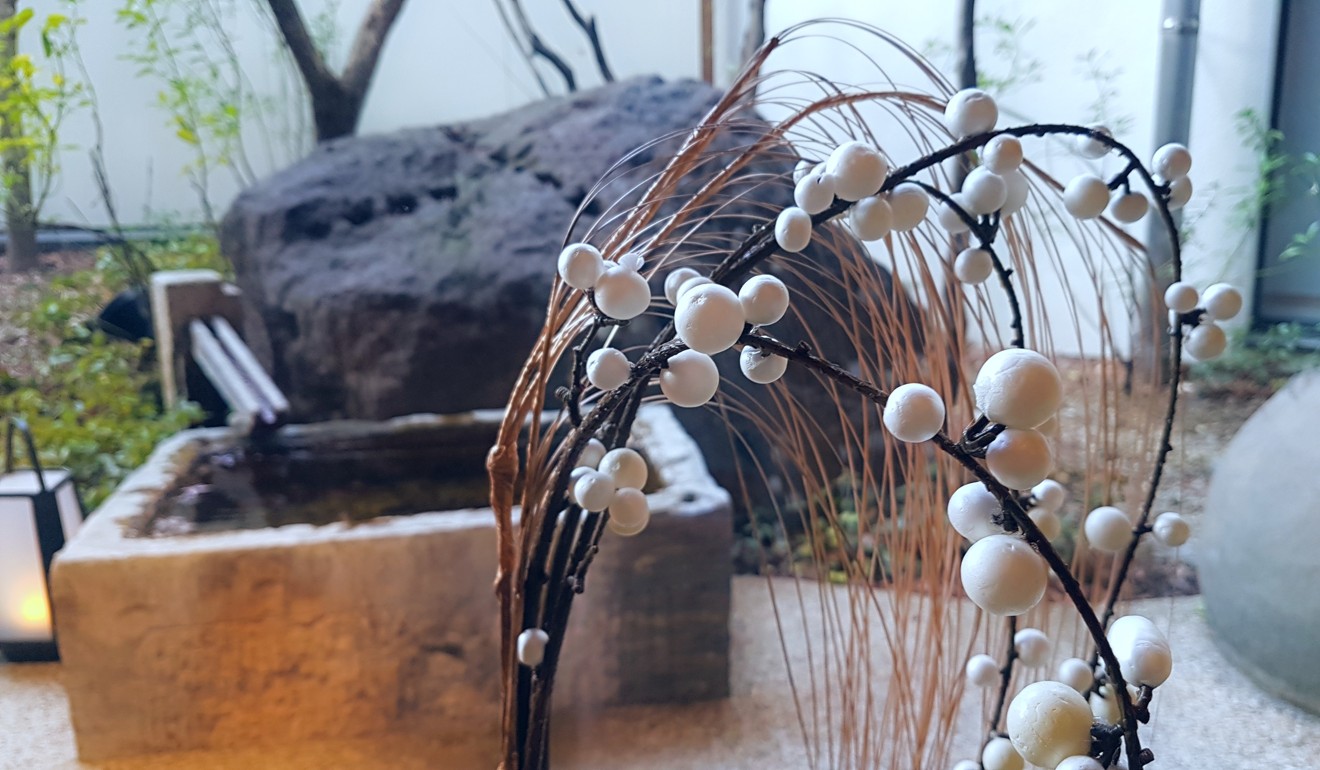
Founded by John Kanaya, scion of the Kanaya hotelier family, Kinugawa Kanaya is an impressive show of tasteful aesthetics and grand hospitality. The luscious suites of this boutique-size property look out over the river.
The interiors are plush yet traditional. Amenities include a cigar salon, and indoor and outdoor hot springs.
4. Main Dining Room, Nikko Kanaya Hotel
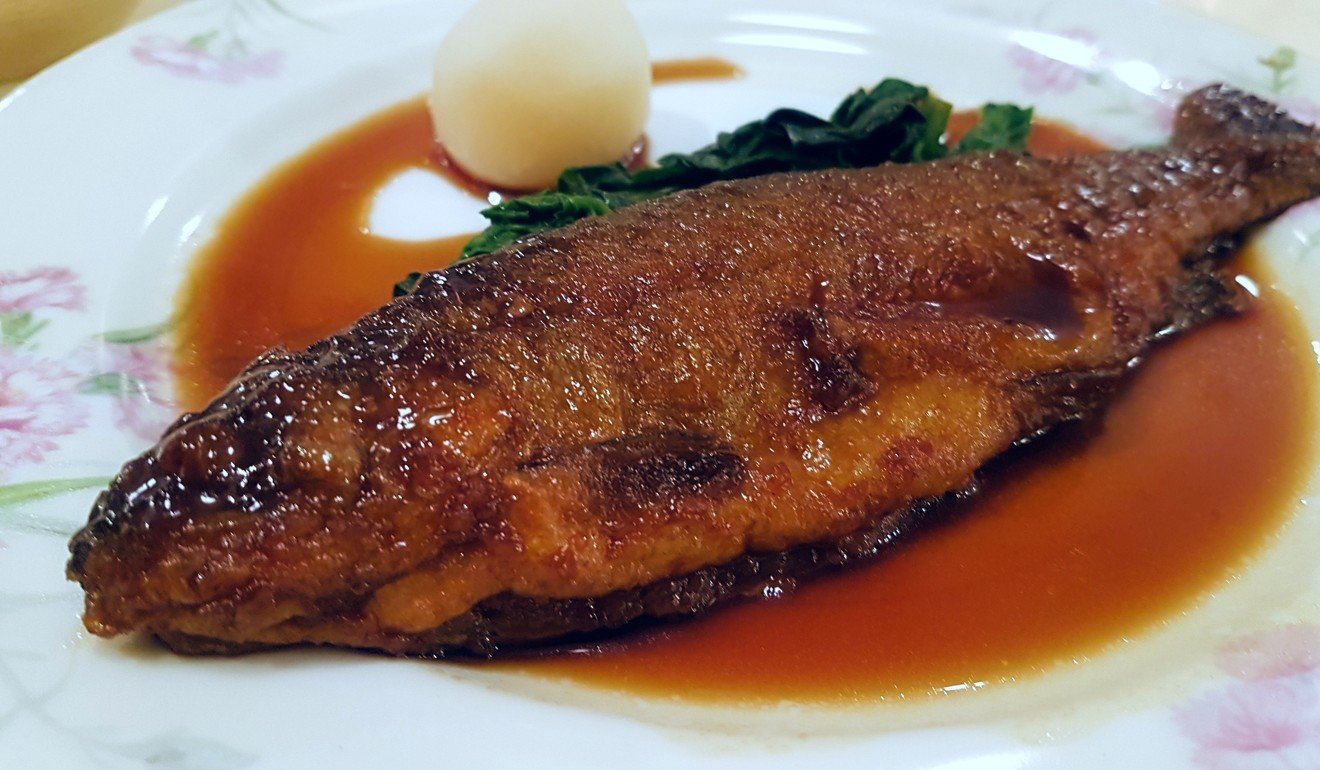
At this experiential establishment, classic French fare is served with staff with exacting manners who are dressed in grand livery. The food is sublime, with wonderfully assembled creations balanced with just a touch of Zen.
The winter menus include starters such as caviar on endive, mains of grilled rainbow trout and Tochigi sirloin with Périgueux sauce and desserts like crème brûlée.
5. Dining Room Mizunara, Chuzenji Kanaya Hotel
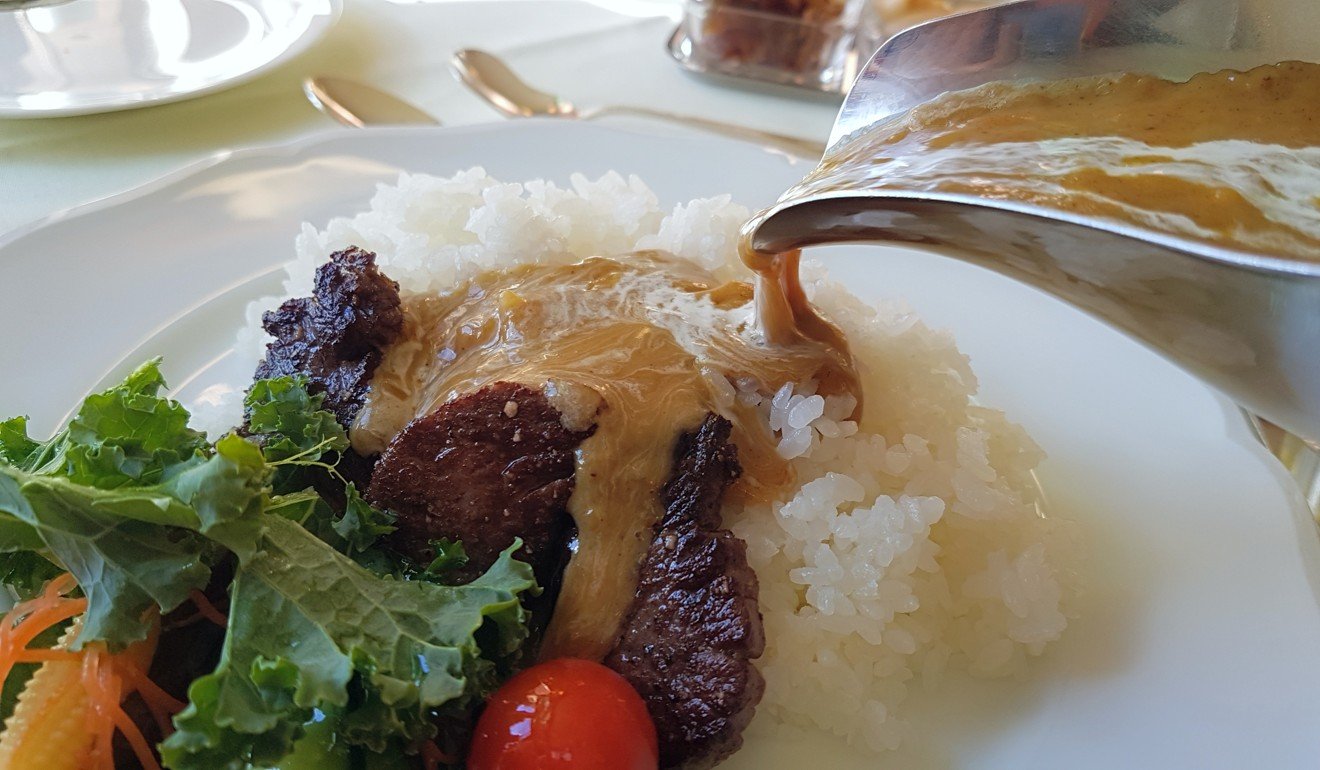
This restaurant with its young vibe may have a brighter and more cheerful interior but espouses the same formal etiquette on its staff as sister restaurant at Nikko. The French menu here is just as classically attuned with a special entrée – the “hundred years curry rice” is a lunchtime signature.
6. Seiyo Zendokoro John Kanaya Azabu restaurant, Kinugawa Kanaya Hotel

This restaurant’s west-east pluralism when it comes to traditional kaiseki is satisfying, given that this elegant culinary tradition can sometimes be too light for the deep winter.
Delightful appetisers and courses featuring flavourful regional produce are methodically assembled with the best of Japanese and Western techniques. Dinner is followed by a coffee and chocolate trolley in the lobby, always a genteel touch.
7. Bar Dacite, Nikko Kanaya Hotel
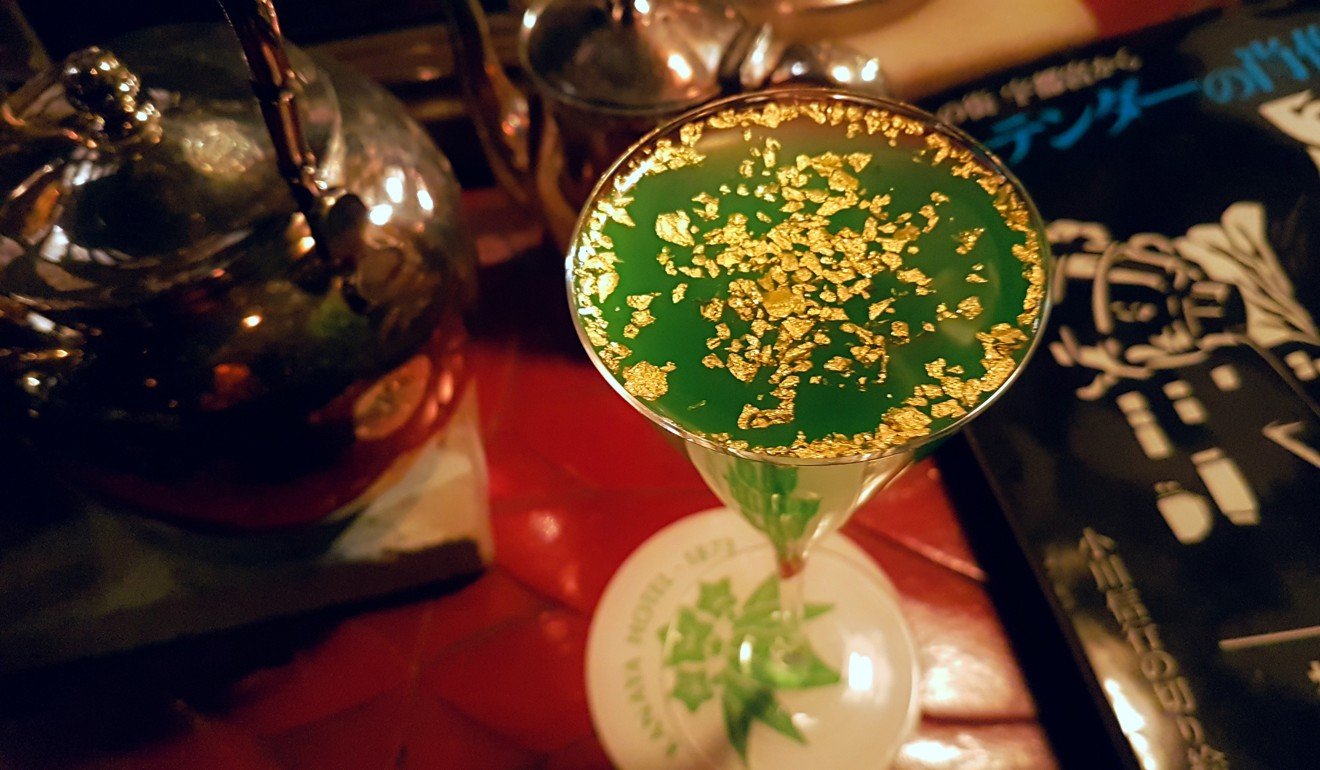
This charming watering hole in Kanaya Hotel is special for the ambience and traditional, fancy cocktails. A sitting here goes beyond tipples – the space is crammed with all sorts of aged paraphernalia preserved from the past century.
8. Sake-making tour (http://www.watanabesahei.co.jp/)

The production of sake is a time-honoured industry in Tochigi prefecture, and visitors can learn about the secrets of Japan’s favourite spirit at Watanabe Sahei Shoten, a workshop run by a family that has been honing the craft here for generations.
An English-speaking guide can be arranged free of charge, to learn about everything from the grading of grains to the distillation process.
9. Futarasan, Tosho-gu and Rinno-ji

A trio made up of two shrines and a temple – Futarasan, Tosho-gu and Rinno-ji – with 103 buildings and structures between them, make up the Unesco heritage site of Nikko. The most architecturally resplendent of the three is the Tosho-gu, the shrine dedicated to Tokugawa leyasu, the founder of Japan’s final shogunate.
Extensively renovated and enhanced by the shogun’s grandson, Tosho-gu is one of Japan’s most decadently elaborate historic buildings, an endeavour that almost bankrupted the government of its day. The carvings that adorn the gates, doors and roofs are all magnificently wrought; look for the exquisite panels depicting phoenixes, monkeys and a sleeping cat.
10. Tamozawa Imperial Villa
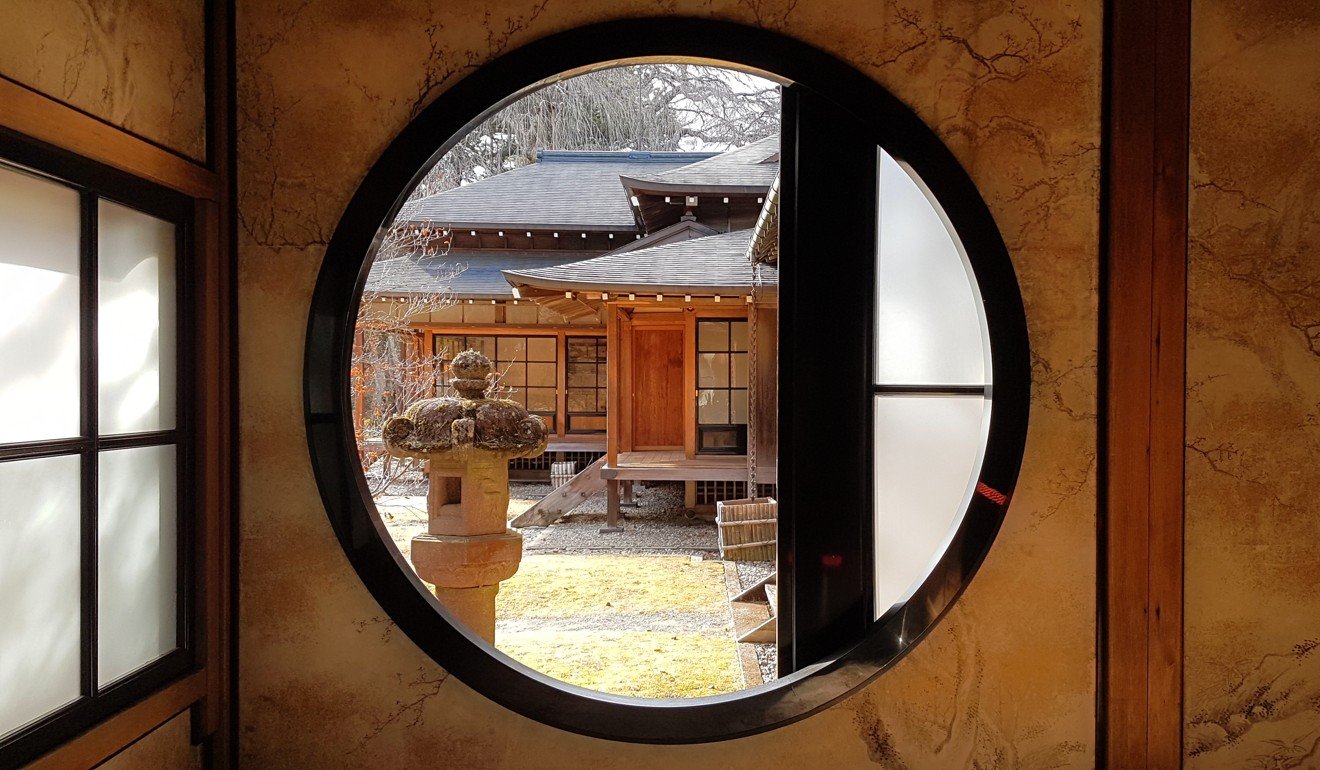
This elegant museum, once the imperial villa of the Meiji emperor, is a sprawling wooden complex partially made up of Edo-style buildings that once belonged to the Tokugawa family in Tokyo.
Renovated and reopened to the public in 2000, the museum provides an intimate glimpse of the daily life of Japanese royalty – on show are the emperor and empress’ chambers and audience halls reflecting Edo- and Meiji-era aesthetics and architecturally styles.
Comprising 106 rooms, this is one of few remaining large-scale wooden complexes in Japan. It is fronted by an elegant garden dotted by seasonal markers such as cherry and maple.
11. Ryujin waterfalls and Lake Chuzenji

The natural splendours of the region are best enjoyed in Okunikko, where attractions include Lake Chuzenji, the Senjogahara Marshland and the sublime, ethereally frozen Kegon and Ryujin waterfalls.
Want more stories like this? Sign up here. Follow STYLE on Facebook, Instagram and Twitter

A spiritual Unesco World Heritage Site, a museum dedicated to royalty, splendid hotels and natural wonders such as frozen waterfalls make this an alluring destination